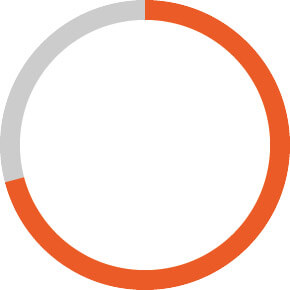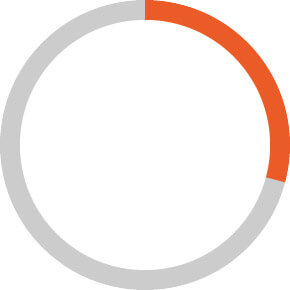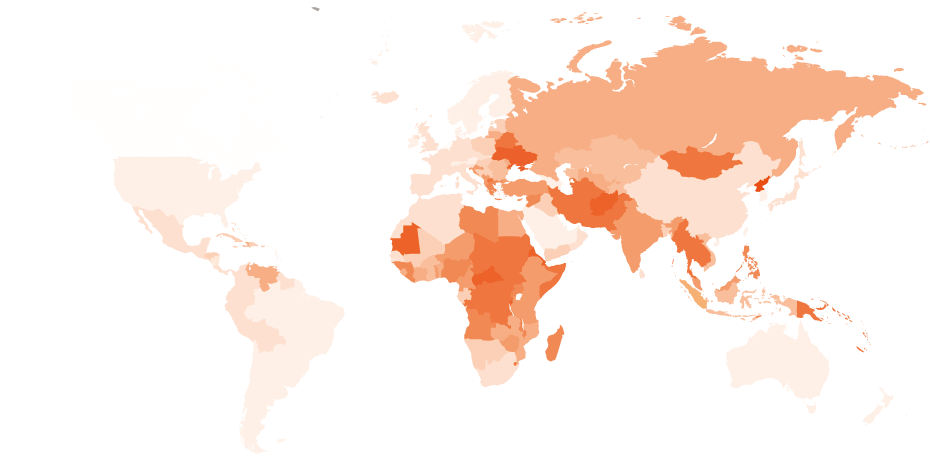What is Human Trafficking?
Human trafficking is modern-day slavery. It involves the illegal trade of human beings, many of whom are among society’s most vulnerable. Traffickers use force, fraud, and coercion to buy and sell people against their will. And it’s happening right now in the U.S. and all over the world, in the 21st century.1
Types of Trafficking Include:
Who Does it Affect?
Human trafficking does not discriminate. Victims can be of any age, race, gender, or nationality. They can come from any socioeconomic group. Human trafficking is so prevalent, it’s considered the fastest growing criminal industry in the world, generating more than $150 billion USD every year.1
According to the Global Slavery Index, an estimated 40.3 million people are in modern-day slavery as of 2016.2 That’s more than ever before in human history.3 But the actual number is likely higher, as this is a vastly under-reported crime. It is estimated that 1 in 4 victims of modern-day slavery is a child.3 Approximately of victims are female, while are male.2

71% Female2

Estimated 1 in 4 Children3

29% Male2
Where Does Human Trafficking Take Place?
Human trafficking occurs in every part of the world.

How Does Human Trafficking Happen?
Traffickers prey upon people who appear to be psychology or emotionally fragile, struggling financially, are homeless or estranged from their families … the list goes on. Traffickers target people online and through social media, and even in public places, to recruit, control, exploit, and profit from victims’ bodies and labor. The trauma experienced by the victims is to intense, that many may not identify themselves or ask for help, even in highly public settings.1
Why Does Human Trafficking Happen?
This Horrific Practice is Fueled by Supply and Demand: It is the Sole Industry That Thrives On a Single Source For Both – Human Beings
Demand is high, which drives a high volume of supply. And with consumers insisting upon cheap goods, corporations respond with cheap labor, often forcing bottom-level supply chain vendors to exploit workers. Additionally, increased demand for commercial sex—especially with young girls and boys—incentivizes commercial sex venues, such as strip clubs, pornography, and prostitution to recruit and exploit children.4
To Learn More About Human Trafficking, Visit our Global Partners’ Websites
Sources: 1A21 2Global Slavery Index 3International Justice Mission 4Unicef USA




